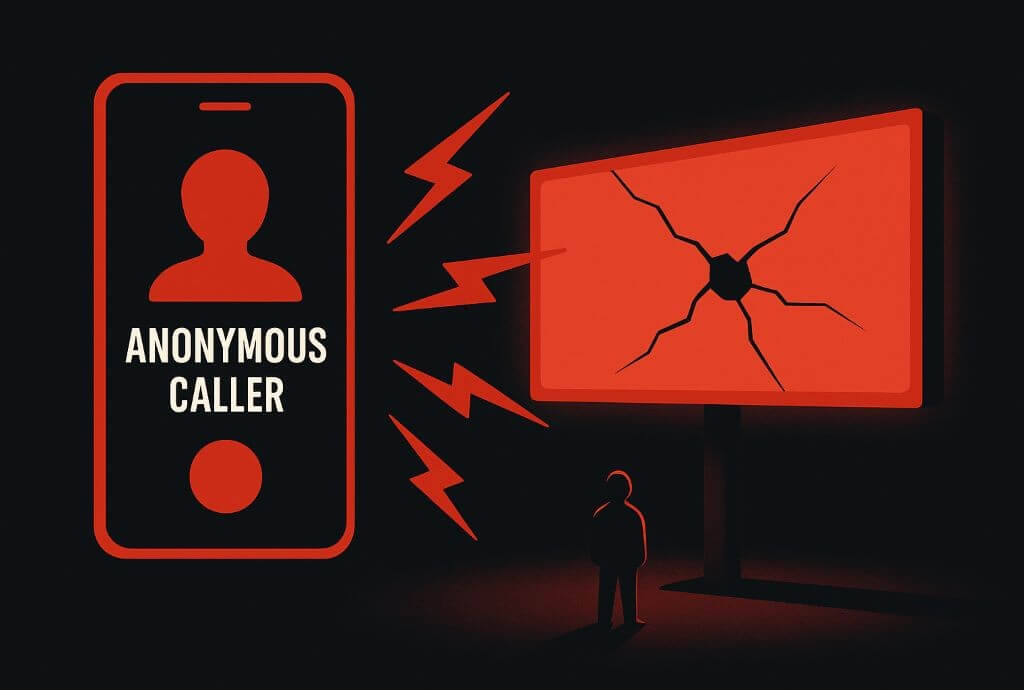Summarised by Centrist
A Finnish study suggests mental health conditions may spread among adolescents through peer influence, raising questions about whether the same applies to gender dysphoria.
A Harvard analysis finds that only 0.1% of US minors diagnosed with gender dysphoria receive puberty blockers or hormones, despite over 3% of high school students identifying as transgender. If transitions are so rare, why has this issue dominated political debate?
Dr William Wilkoff, writing for Medscape Pediatrics, notes that Finnish researchers reviewed data from 700,000 adolescents and found that having a classmate with a mental health diagnosis increased a teen’s likelihood of also being diagnosed. While the study didn’t focus on gender identity, Wilkoff suggests it may help explain the rise in gender-questioning adolescents—once a taboo topic.
Meanwhile, a Harvard study of 300,000 adolescents diagnosed with gender dysphoria found that few are undergoing medical transition. Despite claims of a surge in youth seeking gender-affirming care, data shows treatments remain rare, possibly due to medical caution, parental hesitancy, or political pressure.
Wilkoff compares the situation to an inverted iceberg: a large, visible group of teenagers experimenting with gender expression, but far fewer receiving medical intervention. He argues that hysteria over transgender youth has been inflated by political and media discourse when the real discussion should be between families, doctors, and patients—not dictated by government policies.



















